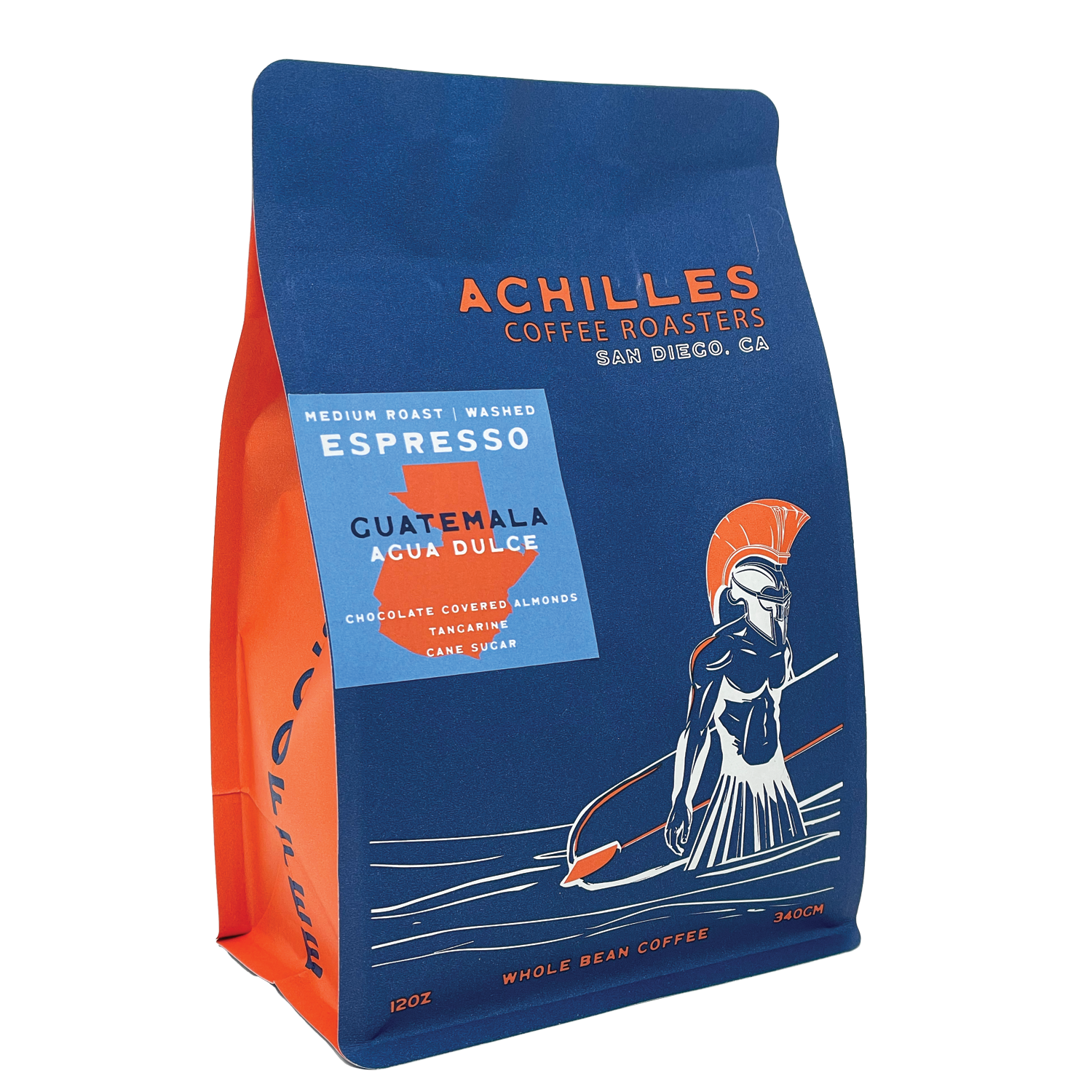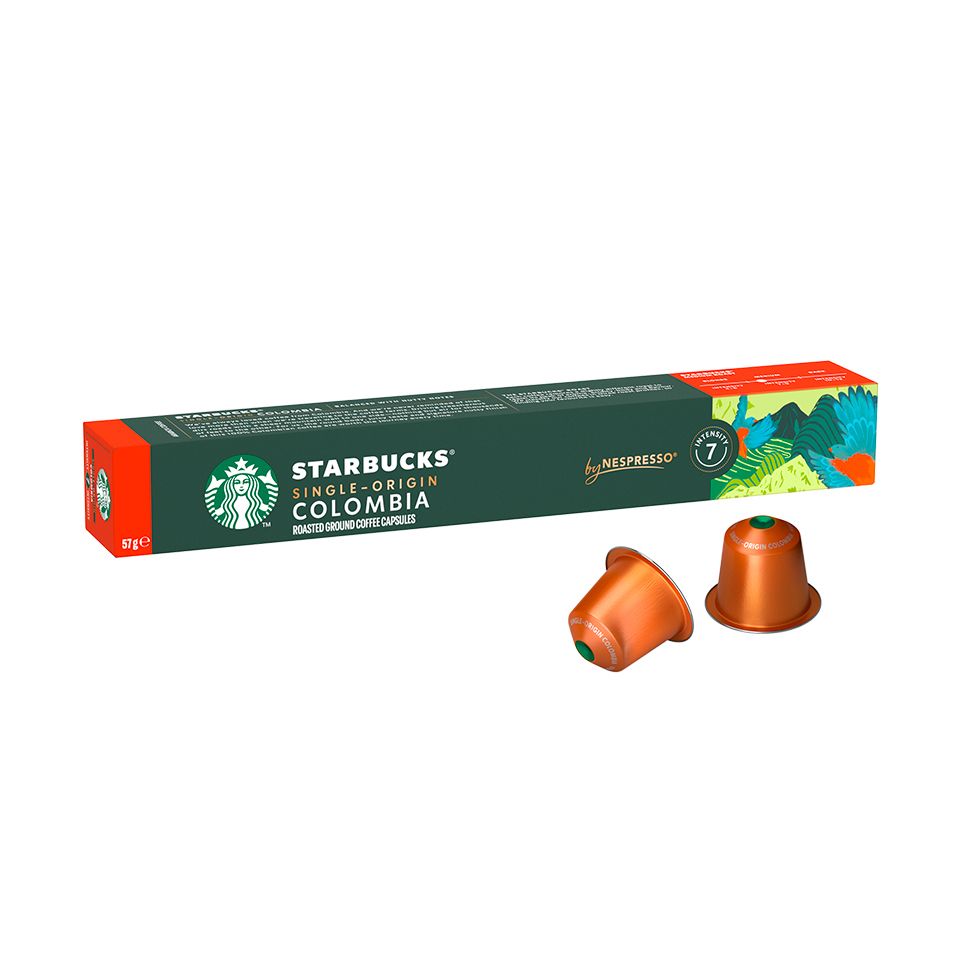Pairing Food and Desserts with SOE Single Origin Espresso
Pairing Food and Desserts with SOE Single Origin Espresso
Blog Article
Discovering the Rich Flavors of Coffee Beans: a Deep Dive Into Espresso and Blended Coffee Beans
When you check out the abundant tastes of coffee beans, you uncover a complex world where each range brings its very own personality to your mug. Recognizing the origins, processing methods, and roasting techniques can transform your coffee experience. As you browse via the art of coffee and the creative thinking behind combined coffees, you'll begin to appreciate the nuances that make each sip distinct. What you'll discover following might transform the method you enjoy your early morning brew.
The Beginnings of Coffee Beans: Checking Out Terroir and Taste Profiles
When you take a sip of coffee, you're not just taking pleasure in a drink; you're experiencing an abundant tapestry of flavors formed by the beans' origins. Each area creates distinct taste profiles affected by elevation, climate, and dirt. Beans from Ethiopia frequently burst with brilliant, fruity notes, while those from Colombia often tend to offer a balanced, nutty sweet taste.
As you explore different beginnings, you'll see how terroir-- the environmental variables affecting a crop-- plays a crucial duty - Single Origin Espresso. The same coffee range can taste dramatically different depending upon where it's expanded
When you consider these elements, you begin to value the intricacy behind your mug. Each sip tells a story of the land and the farmers who nurtured the beans. So, following time you delight, think of the trip your coffee took before it reached your hands, and enjoy those intricate flavors that show its beginning.
Recognizing Coffee: The Art and Scientific Research Behind the Mixture
When you consider espresso, it's not just concerning the solid flavor; it's also about the strategies that bring it to life. Recognizing exactly how different preparation approaches influence preference can transform your brewing experience. Allow's check out the ins and outs of espresso preparation and reveal the special flavor profiles that make each mug special.
Espresso Prep Work Strategies
Espresso preparation is both a scientific research and an art, incorporating specific strategies with a deep understanding of coffee. To start, you'll want to pick high-quality, fresh baked beans and grind them finely for perfect extraction (Single Origin Espresso). The work size is vital; also crude, and your coffee will certainly be weak, also great, and it'll be bitter
The result needs to be a rich, velvety coffee with a lovely layer of crema on top. With practice, you'll grasp these strategies.
Flavor Accounts Explained
The world of coffee offers a rich tapestry of taste accounts that can elevate your coffee experience. When you take that initial sip, you'll notice a balance of sweet taste, level of acidity, and bitterness. Each coffee bean carries special notes, from flower and fruity to nutty and chocolaty. Light roasts frequently showcase brilliant acidity and lively tastes, while dark roasts existing much deeper, bolder tones.
Recognizing these accounts aids you pick the ideal coffee for your taste buds. Try out various blends can expose unusual combinations. A well-crafted blend might integrate the intense notes of an Ethiopian bean with the abundant, chocolatey touches of a Brazilian bean. Welcome the trip of uncovering coffee's varied tastes, and you'll change your coffee ritual into an amazing experience.
Processing Techniques: Exactly How They Influence Flavor and Aroma
While it could seem that the origin of coffee beans is one of the most considerable consider determining their taste and aroma, the handling techniques used post-harvest play a just as necessary role. You'll locate that these techniques can drastically alter the last taste account of your cup.
For instance, the washed procedure removes the fruit from the beans prior to fermentation, typically resulting in a cleaner, brighter taste. The natural procedure leaves the fruit intact during drying out, resulting in a sweeter, fruitier profile.
Various other techniques, like honey processing, strike an equilibrium, enabling some fruit mucilage to continue to be, offering an unique intricacy.
Each processing method communicates with the beans' integral attributes, boosting or muting specific flavors and scents. So, when you sip that coffee or blended coffee, keep in mind that the journey from cherry to mug is affected not just by origin however additionally by how those beans were refined.
Toasting Strategies: Unlocking the Full Possible of Coffee Beans
Roasting techniques are crucial for revealing the full capacity of coffee beans, as they change raw, green beans into the aromatic, tasty coffee you enjoy. The option of toasting method-- light, medium, or dark-- significantly affects taste profiles. Light roasts protect the beans' natural level of acidity and fruity notes, while tool roasts balance sweetness and splendor. Dark roasts, on the various other hand, stress vibrant, great smoky flavors.
A slower roast at reduced temperature levels permits for complicated tastes to establish, while a quicker roast can intensify anger. By grasping these strategies, you'll reveal a globe of taste, elevating your coffee experience to brand-new elevations.
The Magic of Blended Coffee: Developing Distinct Flavor Experiences
Creating a special taste experience with blended coffee can transform your morning routine into an exploration of preference. By incorporating different beans from numerous areas, you like this can expose a harmony of flavors that boost your cup to new elevations. Each blend deals a distinct account, stabilizing acidity, body, and sweet taste to develop something genuinely special.
When you pick a blend, you're not just picking a coffee; you're picking a journey throughout diverse landscapes and societies. Exploring with various combinations permits you to discover your personal faves, whether you take pleasure in fruity notes or rich, chocolatey touches.

Sampling Notes: Recognizing the Nuances in Your Mug
As you sip your coffee, you may see a spectrum of flavors dancing on your taste buds, each revealing the complexities of the beans. You may taste the brilliant level of acidity evocative citrus or the deep, abundant notes comparable to dark chocolate. The sweetness could evoke honey or caramel, balancing the general account perfectly.
Take note of the body of the coffee-- does it feel light and airy, or is it complete and creamy? The finish, too, offers clues; a lingering aftertaste may hint at nuttiness or floral undertones.

Don't forget to discover the one-of-a-kind click here for info features of various origins, as each region imparts distinctive tastes - Single Origin Espresso. For instance, Ethiopian coffees frequently present fruity notes, while Colombian beans could display a much more rounded sweetness. By identifying these nuances, you'll strengthen your gratitude for each mug, boosting your coffee experience to brand-new heights

Developing Techniques: Optimizing Flavor Removal for each Bean
When you explore the numerous brewing approaches, you'll find that each strategy can dramatically affect the taste profile of your coffee. From French press to pour-over, each approach essences various compounds, boosting or muting specific notes. For circumstances, using a French press enables oils to remain in the mixture, creating a richer taste, while pour-over emphasizes clearness and brightness.
Temperature level and grind size additionally play vital roles. A coarser work functions best for chilly mixtures, while a fine grind is excellent for espresso. Explore water temperature level-- in between 195 ° F and 205 ° F-- can expose hidden tastes, too.
Do not ignore steeping time; a fast extraction can bring about sour notes, while over-extraction may generate bitterness. By changing these variables, you can optimize flavor extraction and genuinely boost your coffee experience. Enjoy the trip of uncovering what technique ideal fits your taste buds!
Frequently Asked Inquiries
What Is the Ideal Water Temperature Level for Brewing Coffee?
The excellent water temperature useful content for brewing coffee's in between 195 ° F and 205 ° F. If you make use of water that's as well warm, you'll over-extract flavors; also cold, and you won't draw out enough. Goal for that pleasant area for the very best brew!
Exactly How Does Work Size Impact Coffee Taste?
Work dimension substantially influences coffee taste. Better grinds extract more flavors and oils, leading to a bolder preference, while coarser grinds return a lighter taste. Readjusting grind size assists you attain your preferred coffee profile.
Are There Wellness Benefits Related To Alcohol Consumption Coffee?

What Is the Difference Between Arabica and Robusta Beans?
Arabica beans are smoother and sweeter, usually including fruity flavors, while robusta beans are more powerful with a bitter preference and greater caffeine content. You'll discover these differences in scent and brewing experience.
How Can I Store Coffee Beans for Freshness?
To store coffee beans for quality, maintain them in an impermeable container, away from wetness, light, and warmth. You'll keep their taste longer if you just grind what you need right prior to brewing.
Discovering the Rich Tastes of Coffee Beans: a Deep Dive Into Espresso and Blended Coffee Beans.
When you discover the rich tastes of coffee beans, you discover an intricate world where each selection brings its own personality to your cup.When you take a sip of coffee, you're not simply appreciating a drink; you're experiencing an abundant tapestry of flavors formed by the beans' origins.Roasting methods are important for disclosing the full possibility of coffee beans, as they transform raw, environment-friendly beans into the fragrant, delicious coffee you delight in.As you drink your coffee, you might see a spectrum of tastes dancing on your palate, each disclosing the ins and outs of the beans.
Report this page